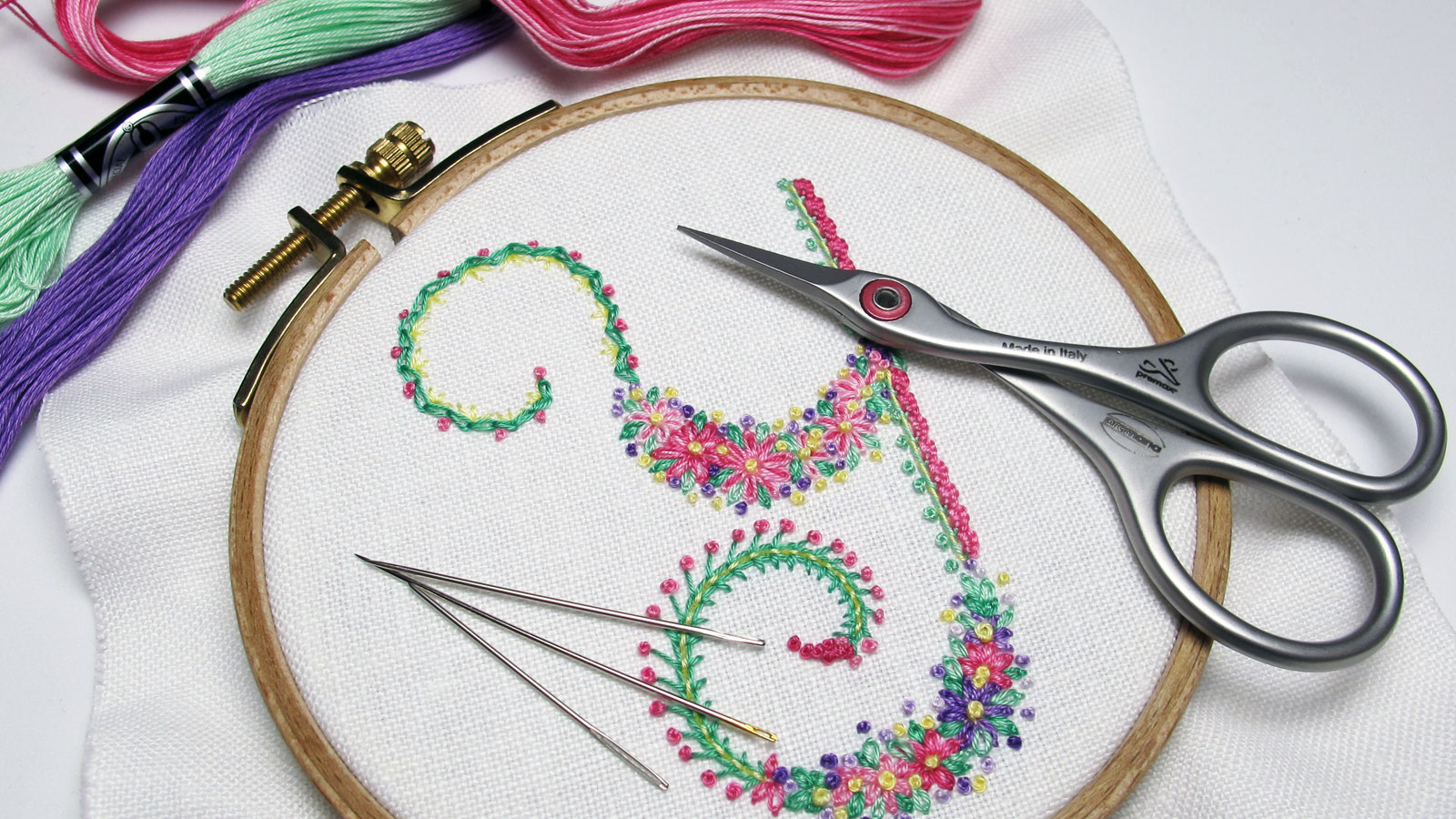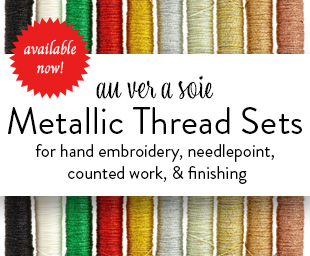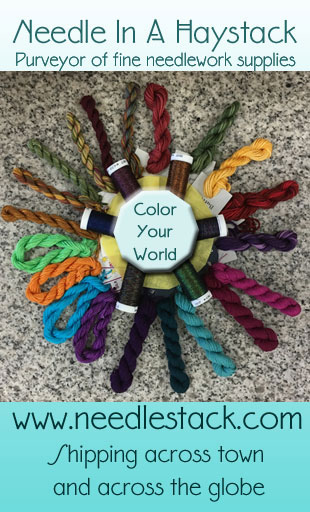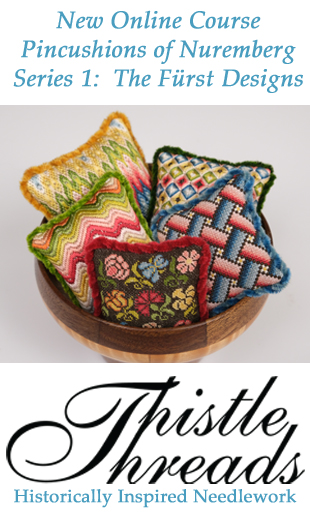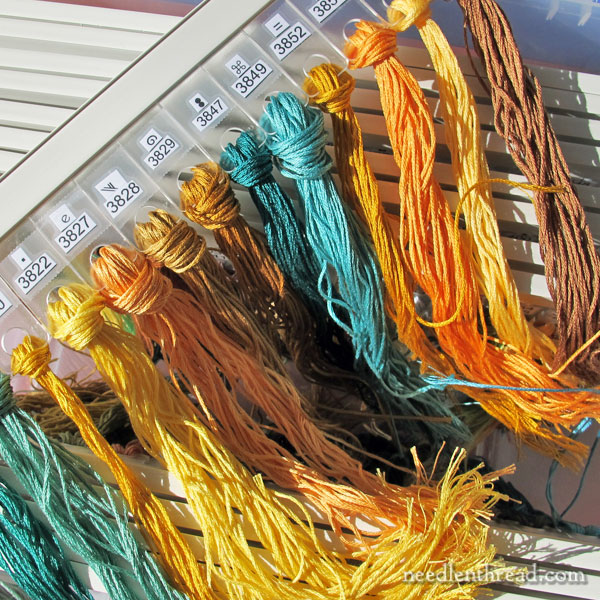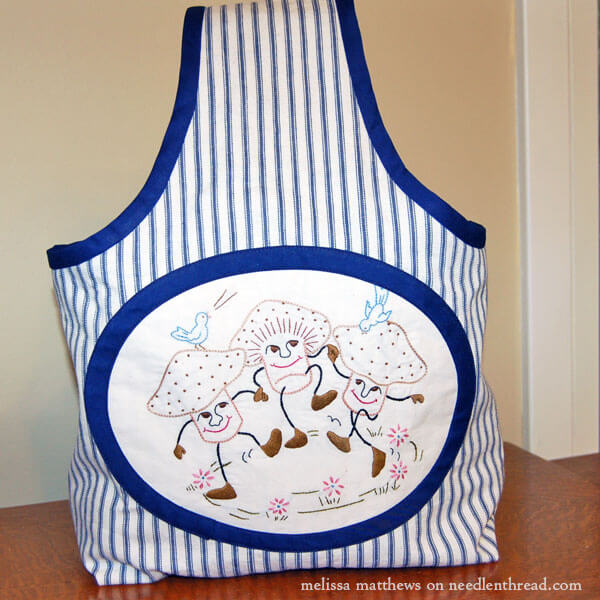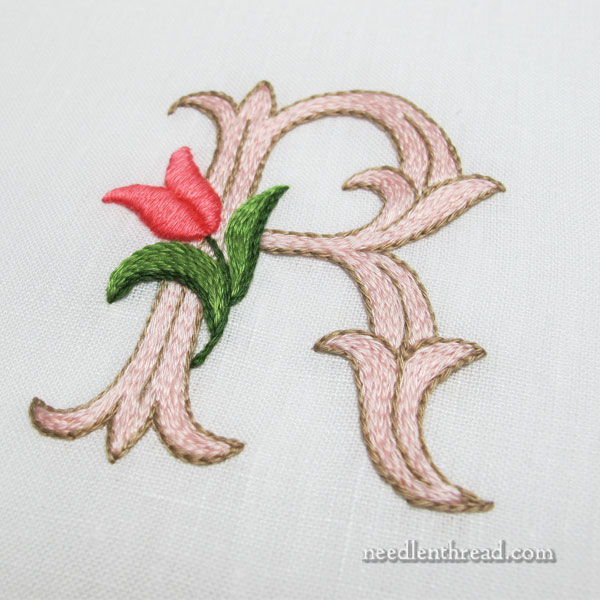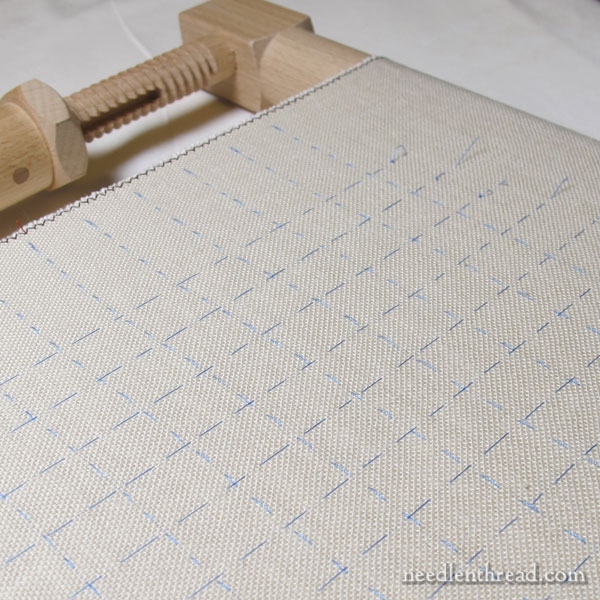When I was a wee lass – some 35-ish years ago! – my mom made me the Best Birthday Cake Ever. It was a carousel cake, with carousel ponies all around the edges, topped off with a striped tent over head. I thought it was a magnificent thing! Just dreamy!
I’ve always had A Thing for the color and flash of the carousel pony. The carousel is my favorite ride, even now, at any fair or amusement park, especially to take little kids on, or just to watch them enjoying the ride. It’s tame, but it’s fun, and it’s always great for smiles. And there’s nothing better than visiting a city park that has a permanent carousel.
Carousels, after all, are happy things!
(Unless, of course, Stephen King gets ahold of one and turns it into something creepy…)
So, when Sarah, a twelve-year-old reader here on Needle ‘n Thread, sent in photos of her recent fair entry – an embroidered carousel pony – I thought sharing it with you would be a cheery way start to the week!
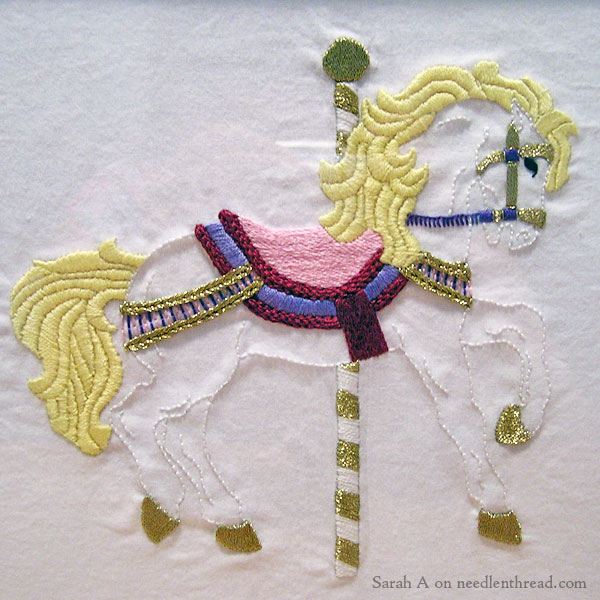 Continue reading “Prize-Winning Carousel Pony in Stitches”
Continue reading “Prize-Winning Carousel Pony in Stitches”




